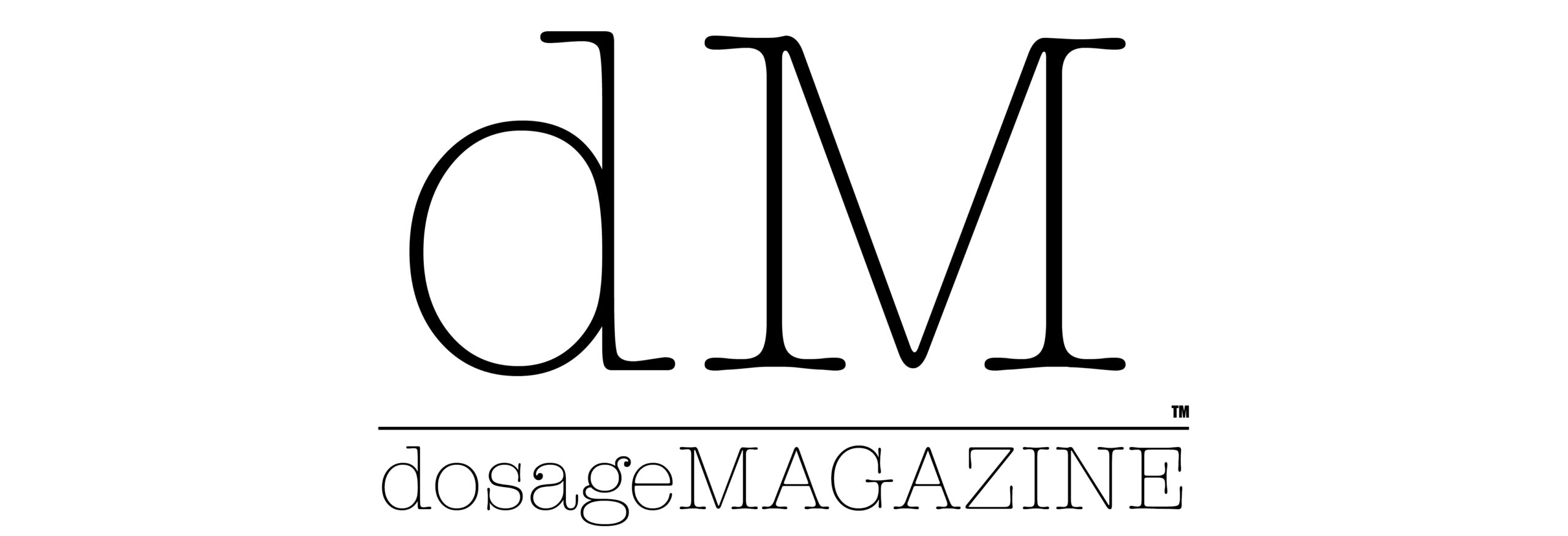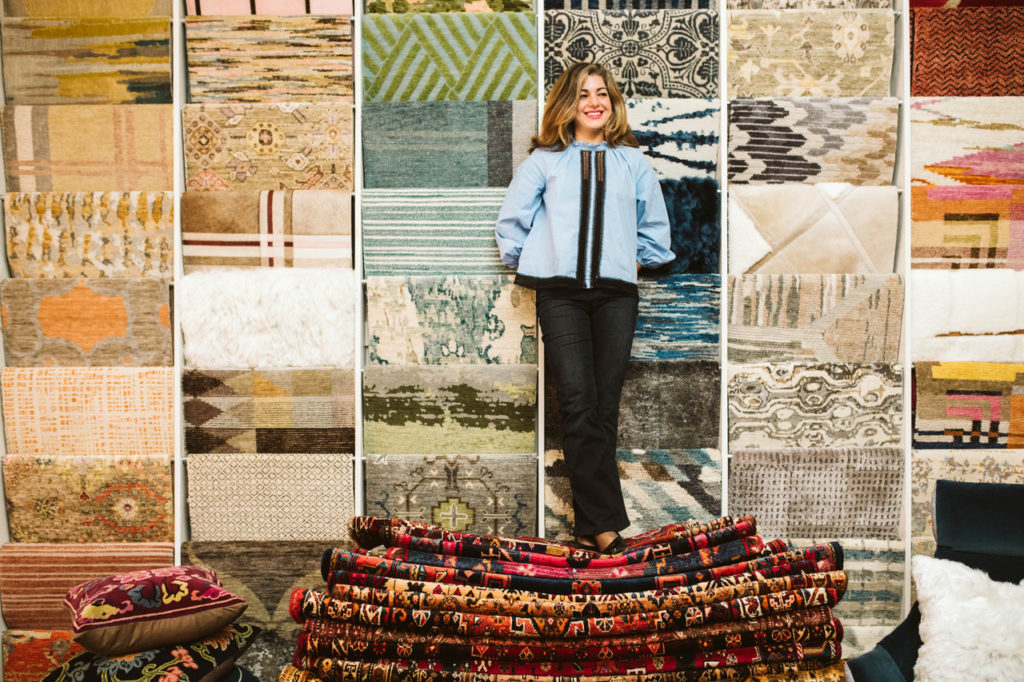
Philadelphians with expensive taste for their floor coverings know exactly where to go when it’s time to buy – but first, they have to woo this savvy seller before she’ll let you see what’s behind her walls. In this city, Parisa Abdollahi offers the gold standard when it comes to fine rugs. She has been selling them for the past 20 years and considers herself the industry expert.
“One of them, at least,” she laughed.
Of Persian descent, Parisa Abdollahi followed in her father’s footsteps by learning everything she could about Persian rugs, especially Qashqai rugs since her father was the sixth generation of that tribe.
“He has a huge collection of these Persian textiles and some date back 150 years… He passed away a few years ago, so now I’m left to tell the story of his textiles. I’m going to start using some of these symbols and motifs and getting back into designing modern spin-offs of these rugs while still telling the story of the tribe.”

Parisa, her boutique and design gallery at 33. N. 3rd St. in Old City, is decorated like a showroom. Some of her favorite rugs are paired with pieces of furniture, decorative lighting, mirrors, wall art and eclectic décor. Everything is arranged using a “floor-up” philosophy – so that the rug acts as the centerpiece and the rest of the style of the room revolves around it.
Calling them “Oriental” rugs, though, is a misnomer, she said. True Persian rugs are hand-knotted, made of natural materials like wool or silk and take years or even decades to produce. They have been passed down for generations and because of the care used in the design process, last for many years.
It’s partly for this reason that Parisa Abdollahi said some dealers put their wares at a price point that’s out of range for the average buyer. But hers?
“Some goods are priceless, right?
“I have a few items in my inventory that I price so high because I don’t want to sell them,” she said.
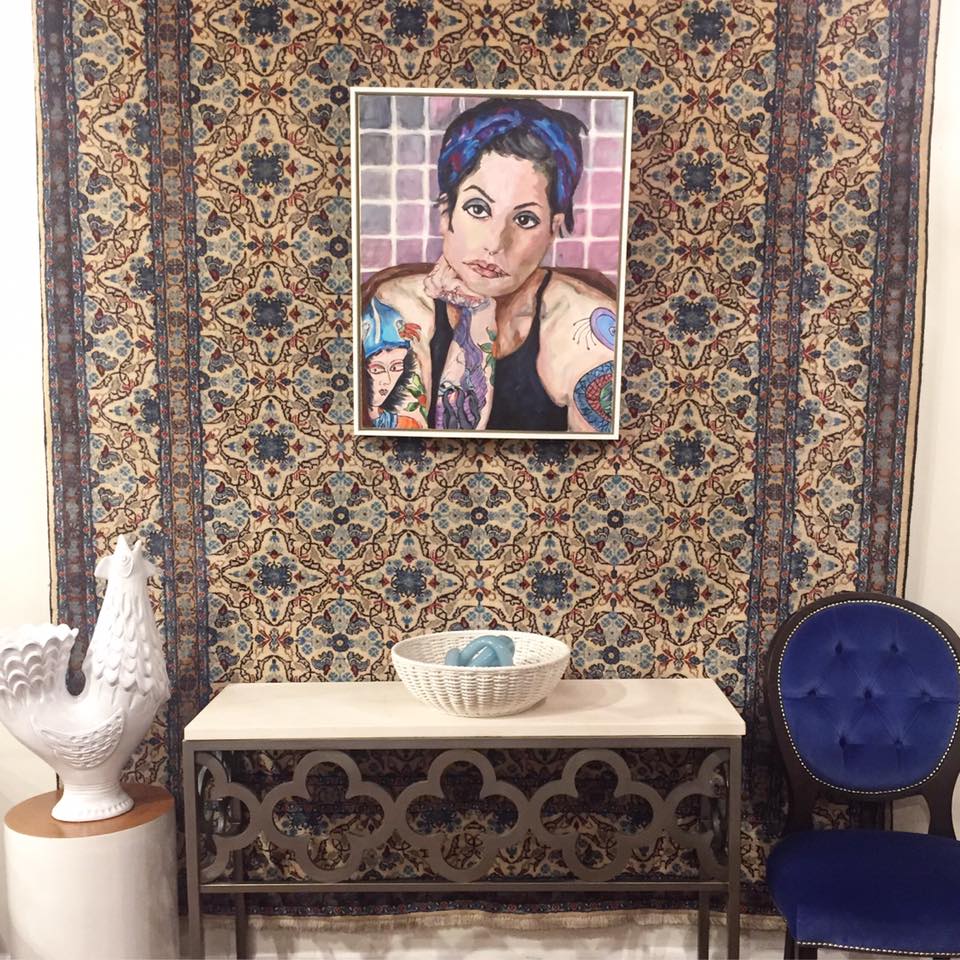
On her website, rugs are categorized by “Persian,” “Modern,” “Traditional,” “Transitional” and “Portfolio by Parisa.” Curiously, each is priced at “0.00.” (Priceless, indeed?) This may look like an oversight or maybe a joke, but Abdollahi said it’s neither.
The rugs are labeled this way, she says, because she doesn’t have the time to accurately mark them compared to the standard manufacturer’s suggested retail price (MSRP), and, if someone is genuinely interested in one of her rugs, then they ought to seek her out directly.
So, what’s it take to buy an authentic, Persian rug from Abdollahi?
A prospective buyer should make an appointment with her, have a budget in mind, and understand that the rug will last much longer than any floor covering, rug or carpet they might buy anywhere else. In other words, prepare to make an investment, she told us.
On average, a Parisa rug can cost between $500 and $6,000 for a smaller, newer piece. If it’s a Persian one-of-a-kind, a 9×12, for example, one could go for $3,000 and as high as $18,000.
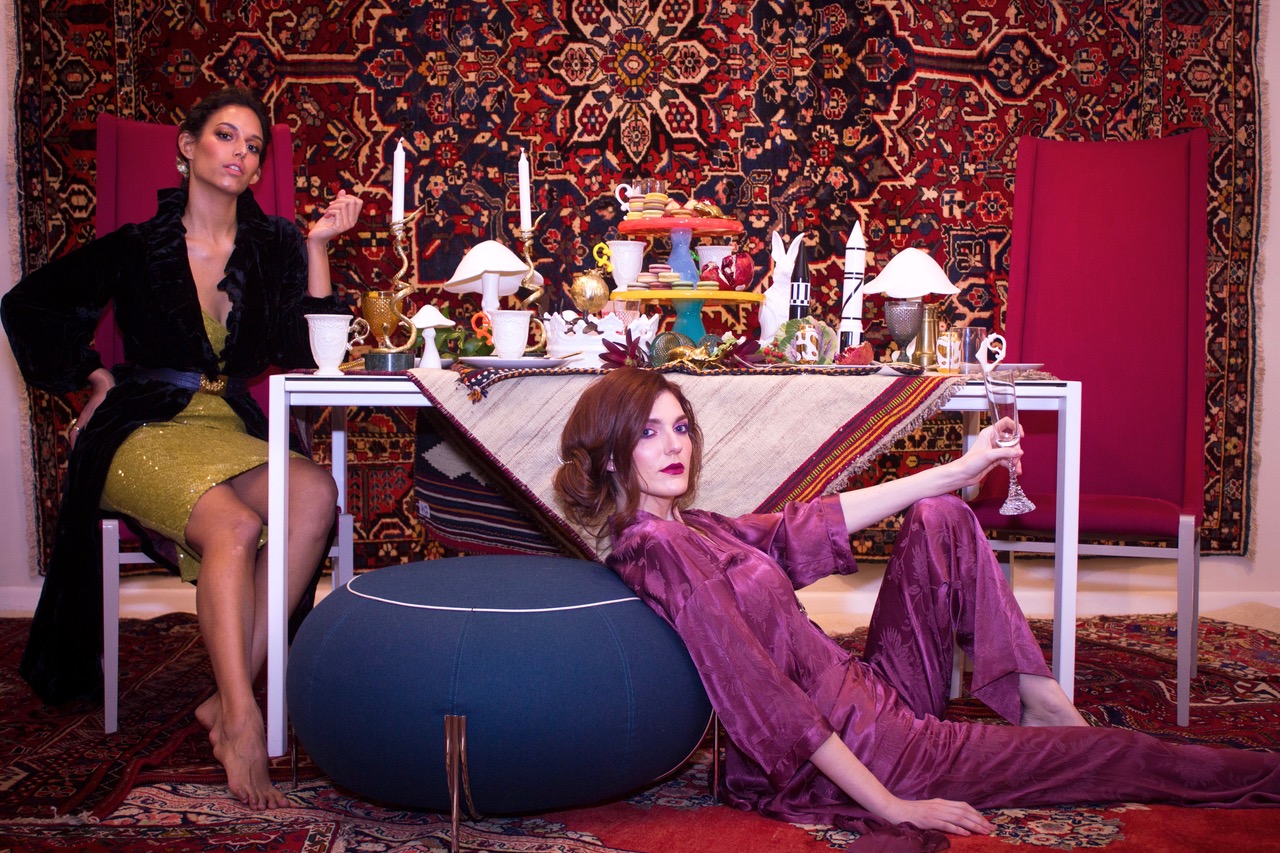
So, who can afford these? We asked if she’d drop any notable local names. She wouldn’t.
“We’ve had famous clients, sure, but I always like to respect peoples’ privacy,” she said.
“The average person respects quality over quantity…[They] can do that if they budget right.”
Not long after finding herself successful in the rug-making business, Abdollahi got her master’s degree in architecture and eventually branched out into selling furniture, wares for the kitchen and dining rooms, artwork, pillows and stationery. Most are shipped to her in Philadelphia from overseas.
The international brands she matches with her rugs have been around since the late 18th century and early 19th century, she says.
“For example, Vista Alegre, they make porcelain in Portugal – they’re well known. Christian Lacroix – Alice in Wonderland-looking stuff. Very curated, quirky, unique, eclectic things that can go with any of the rugs that I sell. Sometimes, when you’re showing the rug, you have to show more than just the rug. You pull fabrics, etc.”
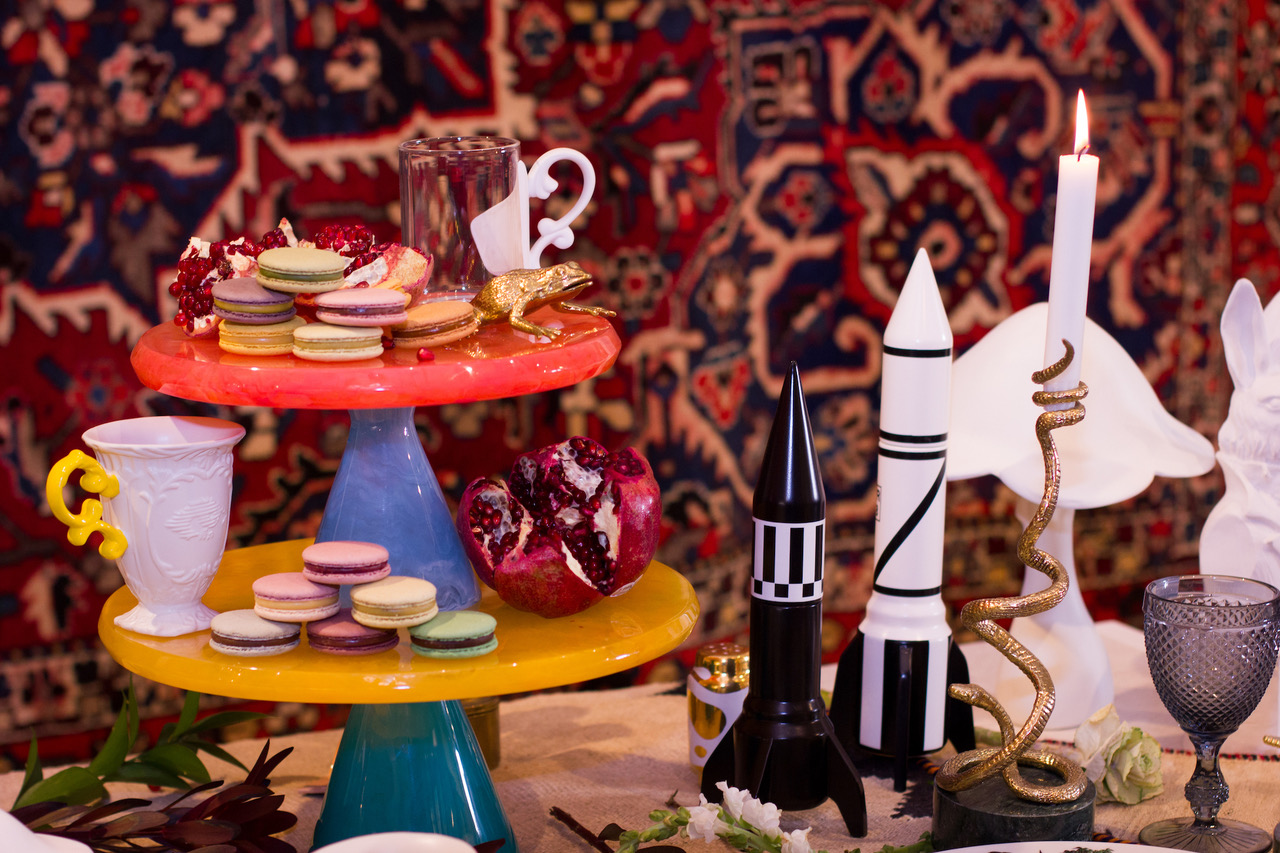
For very special clients, those who are “kind enough and listen to me,” she will design their homes, too.
“The things that I love for myself and for [my clients], I tend to like to also have in my showroom as well. It’s a multi-layered business now,” she said.
“When you’re designing, everything in the space has to tell a story.”
Images: Courtesy of Parisa Abdollahi
About Post Author
Discover more from dosage MAGAZINE
Subscribe to get the latest posts sent to your email.
